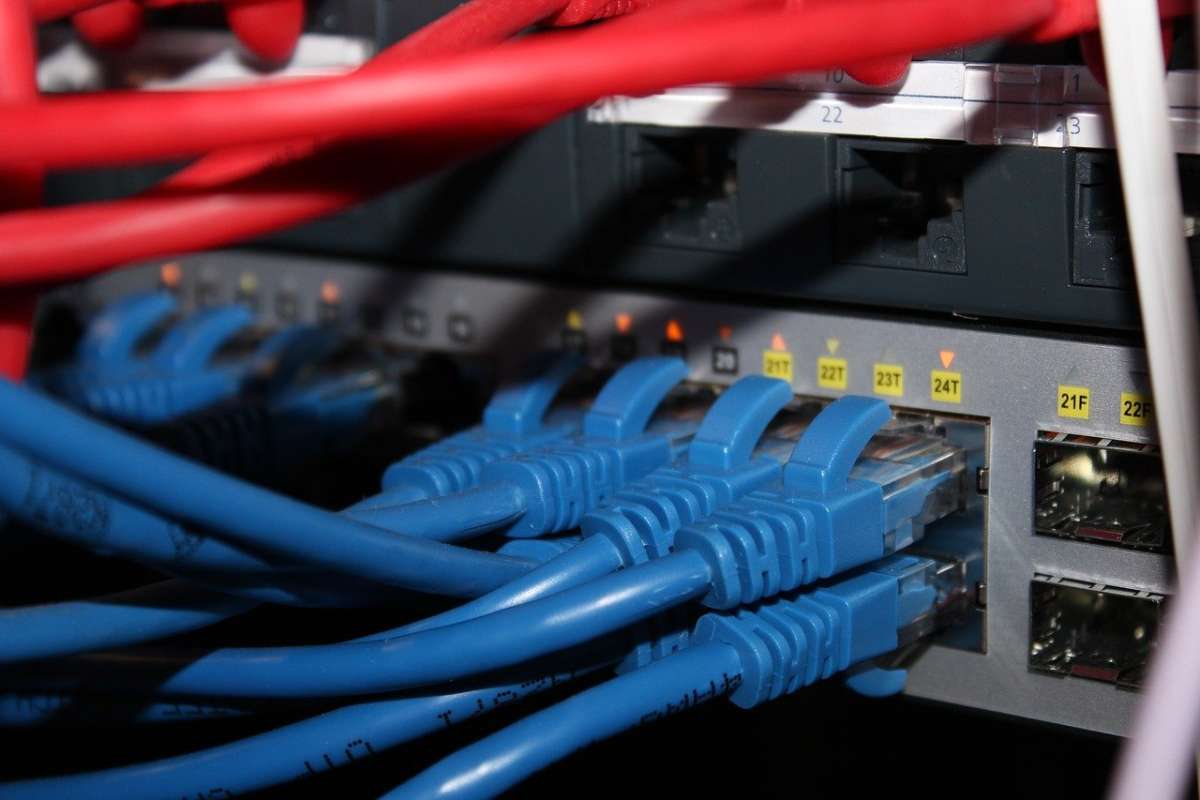The service cost for the broadband networks in the USA has skyrocketed compared to many other wealthy nations in and around the west. The fact that it doesn’t reach the tens of millions of Americans makes it even worse. The companies that can provide services vastly do not face much competition and enjoy monopoly making the prices go even higher. A report by AP said the newly elected president of the USA, Joe Biden, has proposed a promising package of $2.3 trillion for infrastructure, $100 billion of which goes solely for better connectivity amongst Americans. Although, right now, it is being considered more of an idea than an actual policy. It highlights the remarkable vision of the government to improve high-speed internet service in the country.
Measures likely to be taken
$100 Billion is set aside to “future proof” broadband as a part of an 8-year infrastructure plan, considering high-speed internet is now as big of a necessity as electricity. A major step is likely to be taken towards lowering internet services’ hectic costs rather than just leaving the matter to the network providers. It is not a fact yet; nonetheless, it will be interesting to see government intervention in an area that was previously left privatised.
What is the need?
The pandemic has made access to the broadband internet a necessity in any household. The new normal is to sit in your home and work with your computer through the internet. But, according to the White House, 30 Million Americans don’t have access to high-speed broadband internet at all, and millions can’t afford it. Therefore making the Internet accessible to everyone is now a necessity more than a want.
Critics
While the USA government’s vision is being praised a lot, some have still managed to find some flaws in it. Republicans and commerce committee members are concerned and have called out the approach as a wrong one since the taxpayers will have to pay for it if such networks fail. According to them, broadband services are already falling. According to the labour department, the pricing for telephone services have fallen by 7% over the last decade, and internet service costs such as web hosting have risen by 2%. But it is also true that the prices are still higher in the USA when compared with Asia and Europe. Only time will tell if the policy would turn out to be a hit or a miss.
